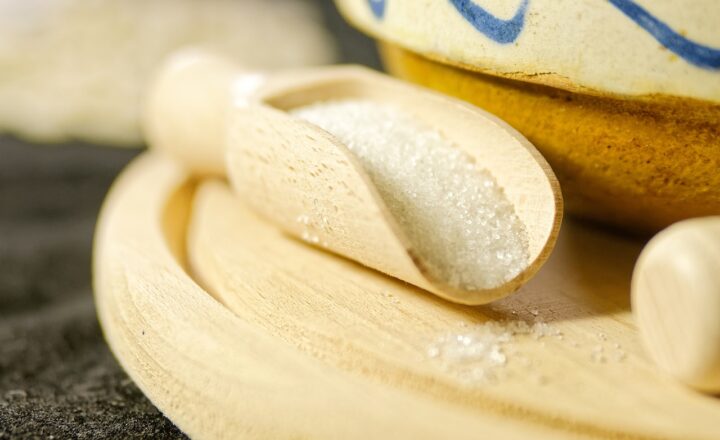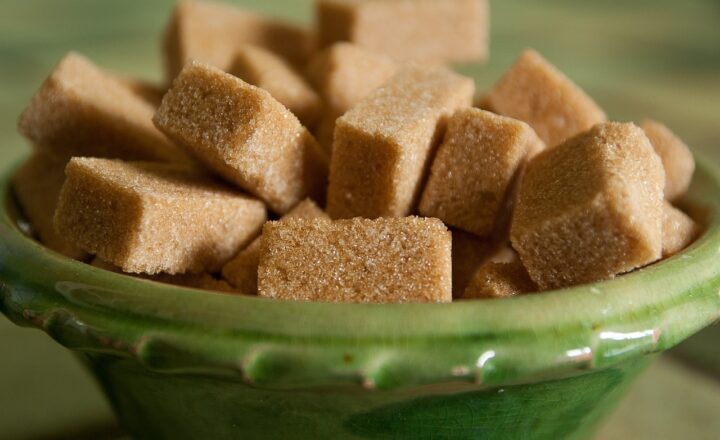
Sugar is a staple of our diets, enhancing the flavor of countless foods and beverages. Among the different types of sugar, cane sugar and beet sugar are the most common. While they serve the same primary function in culinary applications, many people notice that they taste different. This article explores the reasons behind this flavor disparity, their uses, and why understanding these differences can enhance your cooking and baking experience.
1. Understanding Cane Sugar and Beet Sugar
Historically, sugar is derived from two primary sources: the sugar cane plant (a tall, perennial grass) and the sugar beet (a root vegetable). Both plants undergo extensive processing to extract the sugars, but the source has implications for their taste and how they are perceived in culinary uses.
– Cane Sugar: Cane sugar comes from the tropical sugar cane plant, primarily grown in regions like Brazil, India, and China. It is characterized by a natural source of sucrose, which is often retained during the refining process. Cane sugar is often seen in the form of white granulated sugar or brown sugar, which contains molasses, giving it a richer flavor.
– Beet Sugar: Beet sugar, on the other hand, is derived from sugar beets primarily grown in temperate regions such as the United States, Germany, and France. The extraction process removes most of the natural minerals and compounds, resulting in a purer sugar with less residual flavor complexity compared to cane sugar.
2. What Causes the Flavor Differences?
The taste differences between cane sugar and beet sugar can be attributed to several factors.
– Mineral Content: Cane sugar retains more minerals such as calcium, magnesium, and potassium due to its minimal processing, which adds subtle flavor variations. Beet sugar undergoes a more extensive purification, resulting in a cleaner, more straightforward sweetness without the additional notes.
– Processing Techniques: The methods used for refining cane sugar versus beet sugar also play a role. Cane sugar is often less processed, allowing it to maintain some of its natural characteristics. In contrast, beet sugar’s extensive purification leads to a more uniform sweetness but may eliminate some flavor complexities.
– Flavor Compounds: Cane sugar contains certain flavor-active compounds that are naturally present in the sugar cane plant. These compounds contribute to its unique taste, while beet sugar lacks many of these flavor constituents due to its different plant source and processing methods.
These factors combined result in the perception that cane sugar has a richer, more complex flavor than beet sugar, which is often described as pure and sweet, albeit with a lesser depth of flavor.
3. Culinary Uses of Cane Sugar and Beet Sugar
Understanding the flavor profiles of these sugars can help you choose the best option for various culinary applications:
– Baking: Cane sugar is often preferred in baking due to its flavor depth, which enhances the taste of cookies, cakes, and pastries. Its ability to caramelize also adds a desirable color and flavor to baked goods. Beet sugar can be used interchangeably in most baking applications, though the end product may lack some of the unique flavors.
– Sweetening Beverages: Cane sugar tends to dissolve more easily in beverages, making it a popular choice for sweetening teas, coffees, and cocktails. Beet sugar dissolves just as well but may not contribute to as rich a flavor profile.
– Sauces and Dressings: For sauces and dressings, cane sugar is often recommended for its additional flavor profile that helps balance acidity and enhance overall taste. Beet sugar can also work, though the result may be a bit less vibrant.
– Preserving and Canning: Both types of sugar can be used in preserving and canning, but cane sugar’s complexities may lead to a more robust and flavorful preserved product.
Ultimately, the choice between cane and beet sugar may come down to personal preference, dietary considerations, and the specific requirements of your recipe.
4. Health Considerations
When it comes to health, cane sugar and beet sugar are nutritionally similar, both consisting primarily of sucrose. However, there are some considerations to be aware of:
– Organic Options: Organic cane sugar often retains more of the plant’s natural characteristics, offering a potentially healthier option for those concerned with chemical residues or pesticides. Beet sugar, particularly non-organic, is frequently treated with herbicides and pesticides that can have health implications.
– Sugar Production Practices: The production processes of these sugars can influence environmental factors. Cane sugar cultivation is often associated with more significant ecological impacts due to land and water usage, while beet sugar is less resource-intensive but also comes with its own environmental considerations.
While calorie counts will largely be equivalent, the choice for health-conscious individuals could involve selecting organic versions or considering the environmental impacts of the sugar they consume.
5. Conclusion: Choosing the Right Sugar for Your Needs
Understanding the differences between cane sugar and beet sugar is essential for home cooks and bakers. While they may serve the same basic function, the subtle flavor differences can significantly impact the final product. Cane sugar is often favored for its richer, more complex taste, making it suitable for a wide range of culinary applications, while beet sugar offers a straightforward sweetness that works well in many contexts.
Next time you’re in the kitchen, consider the flavor profiles of these sugars to enhance your cooking and elevate your dishes. Whether you prefer the complexity of cane sugar or the simplicity of beet sugar, both can play vital roles in creating delicious recipes.
As you explore the fascinating world of sweeteners, remember that the type of sugar you choose can make a delicious difference in your culinary creations.






